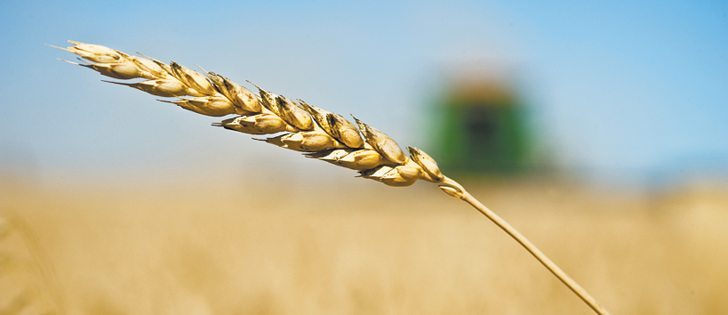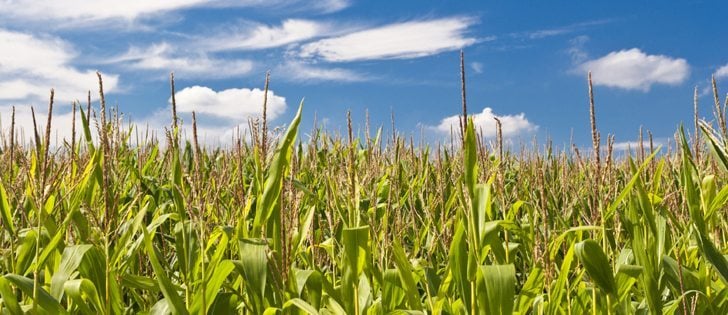Prairie farmers will seed more canola acres this spring, even with slumping prices, while running away from hard red spring wheat, FarmLink Marketing Solutions predicts.
As well, the general gloom around canola and wheat will allow the acreage of some of Western Canada’s traditional crops to crawl back a bit after being spurned in the recent bull market.
FarmLink released its estimate of Canadian 2014-15 acreage at the Grainworld conference Feb. 24, calling for spring wheat to fall to 16.5 million acres from 19 million last year. It also predicts that canola will rise to 21 million acres from last year’s 19.9 million.
Read Also

Organic farmers urged to make better use of trade deals
Organic growers should be singing CUSMA’s praises, according to the Canadian Chamber of Commerce.
Flax will increase by 30 percent to 1.4 million acres, while barley will continue to shrivel, falling to 6.6 million acres from last year’s 7.1 million acres.
Oats will rebound to about the five year average of 3.5 million acres, much higher than last year’s 3.2 million, while durum will ease back to 4.8 million from last year’s almost five million acres but still remain higher than the five year average of 4.7 million.
FarmLink’s Jon Driedger said the biggest percentage changes will likely be among the small crops.
“It’s a combination of pretty good demand for the crops … and inputs have been going up (for wheat and canola),” said Driedger.
Mustard, canaryseed, sunflowers, dry beans, peas and lentils should see significant area gains, which could make prices volatile, he said.
The shift to canola from spring wheat is partially because canola has bigger domestic markets from crushers and partly because world oilseed demand is stronger than cereal grain demand.
The ability to clear crop from bins makes canola more attractive than most cereals because of the terrible time farmers are having moving any crop.
Most analytical firms have loose internal projections for 2014 spring acreage, but FarmLink’s Grainworld estimate release has become a closely watched set of numbers, moving the spring seeding guessing game to a more serious level.
Chris Ferris of Informa Economics, another firm that forecasts acreage and production, said FarmLink’s numbers looked OK to him and were similar to numbers his company is using.
“The general direction all seems fairly reasonable,” said Ferris.
















